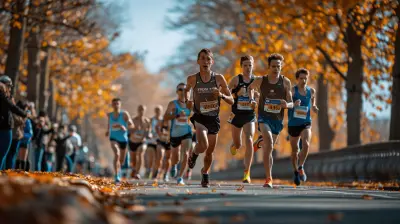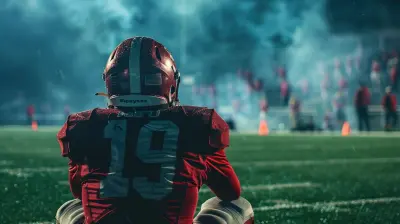Physicality vs Technique: A Duel That Defined the Game
3 September 2025
When it comes to sports—any sport, really—there’s a constant tug of war between two forces: brute strength and refined skill. We see it time and time again. A hulking defender bulldozes through opponents, while a nimble technician dances circles around the competition. It’s the age-old battle of physicality vs technique—a clash that's shaped sports history and continues to define how the game is played today.
So, which should you favor? Is it better to be the unstoppable force or the unmovable finesse? Let’s break it all down.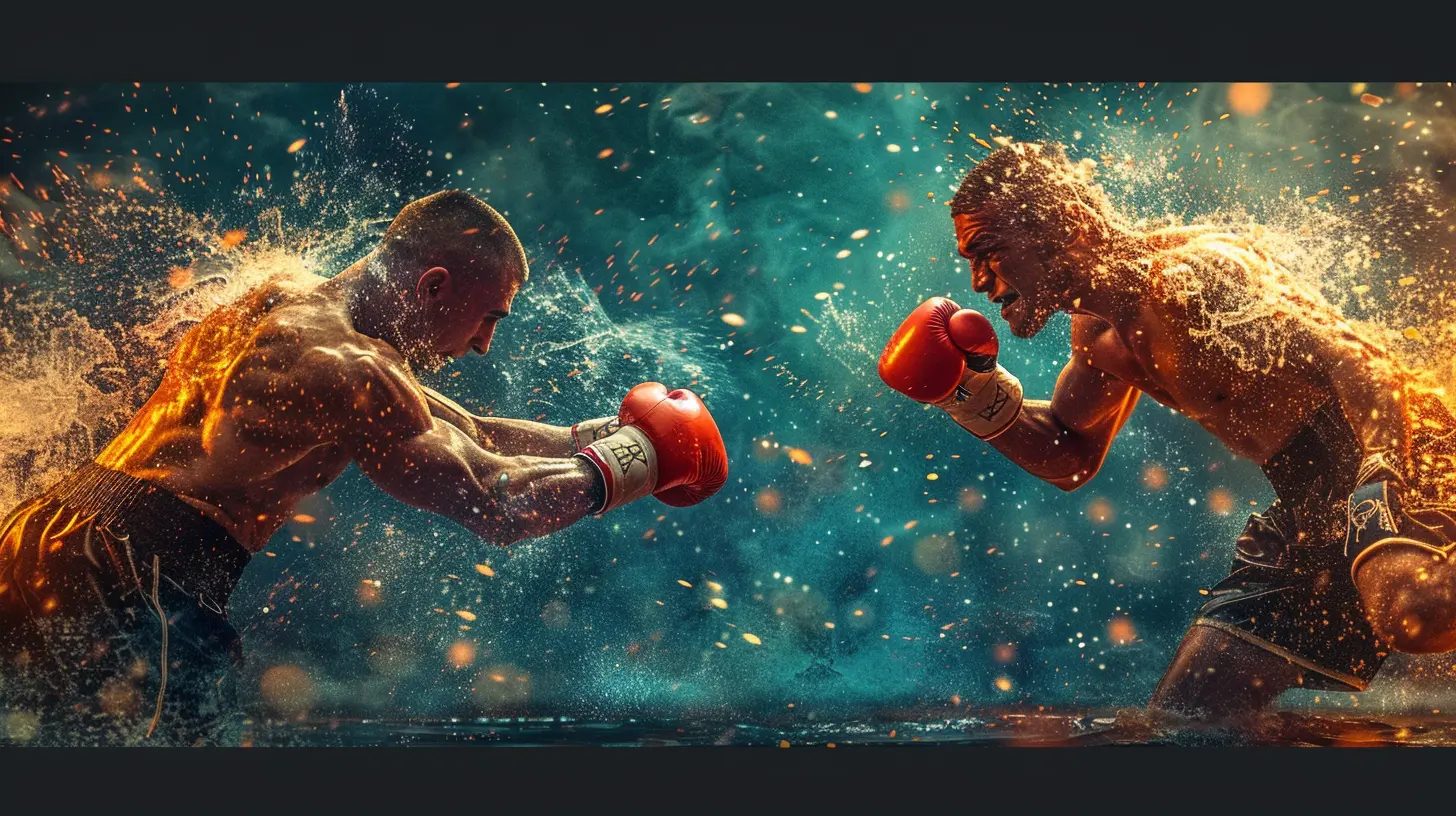
What Is Physicality in Sports?
First things first—when we talk physicality, we're talking about raw power. Think strength, endurance, speed, explosiveness, and toughness. Physical players are the ones who don’t back down from a challenge. They dominate with muscle and grind it out till the final whistle.In sports like rugby, football (soccer or American), basketball, and boxing, physicality can often steal the spotlight. Sometimes, being stronger or faster than your opponent is enough to win the game. It’s that simple.
Let me paint you a picture—remember when LeBron James steamrolled through defenders on a fast break? Or when Derrick Henry stiff-armed defenders into another dimension? That’s physicality working at its finest.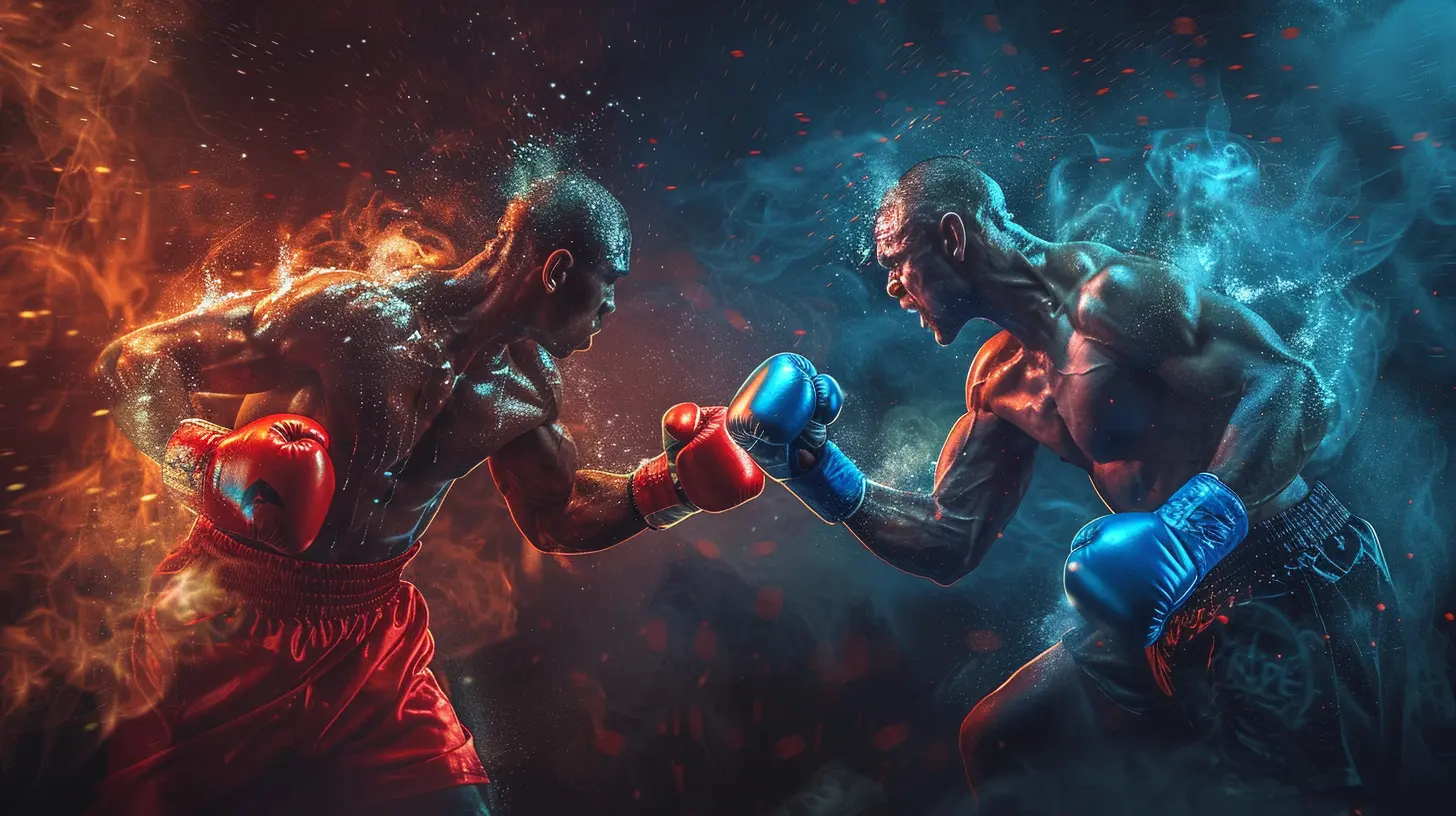
What Is Technique in Sports?
On the flip side, technique is all about precision, timing, and mastery of movement. It's the art to the muscle. While physical players impose, technical players finesse their way through.In soccer, think of someone like Lionel Messi. The guy isn’t the tallest, strongest, or fastest. But give him the ball, and he turns the game into a highlight reel. That close control, those quick turns, the perfect touches—that’s elite technique.
Technique is the result of endless hours of practice. It’s muscle memory carved in stone. It’s knowing exactly how to strike a ball, how to release a shot, how to move just enough to gain an edge.
Why the Debate Even Exists
You might be wondering: why does this debate persist? Can't we just agree both matter and move on?Not so fast.
Coaches, analysts, fans—everyone has a preference. Whole game plans are built around whether a team wants to overpower or outskill the opponent. And when a team loses, critics often point fingers: "Too soft!" or "All muscle, no brains!" Sound familiar?
This tension is rooted in how sports evolve. Modern athletes are faster and stronger than ever. At the same time, training methods and data analysis have refined technique to near perfection. So, now more than ever, it’s a fair question: what separates the good from the great?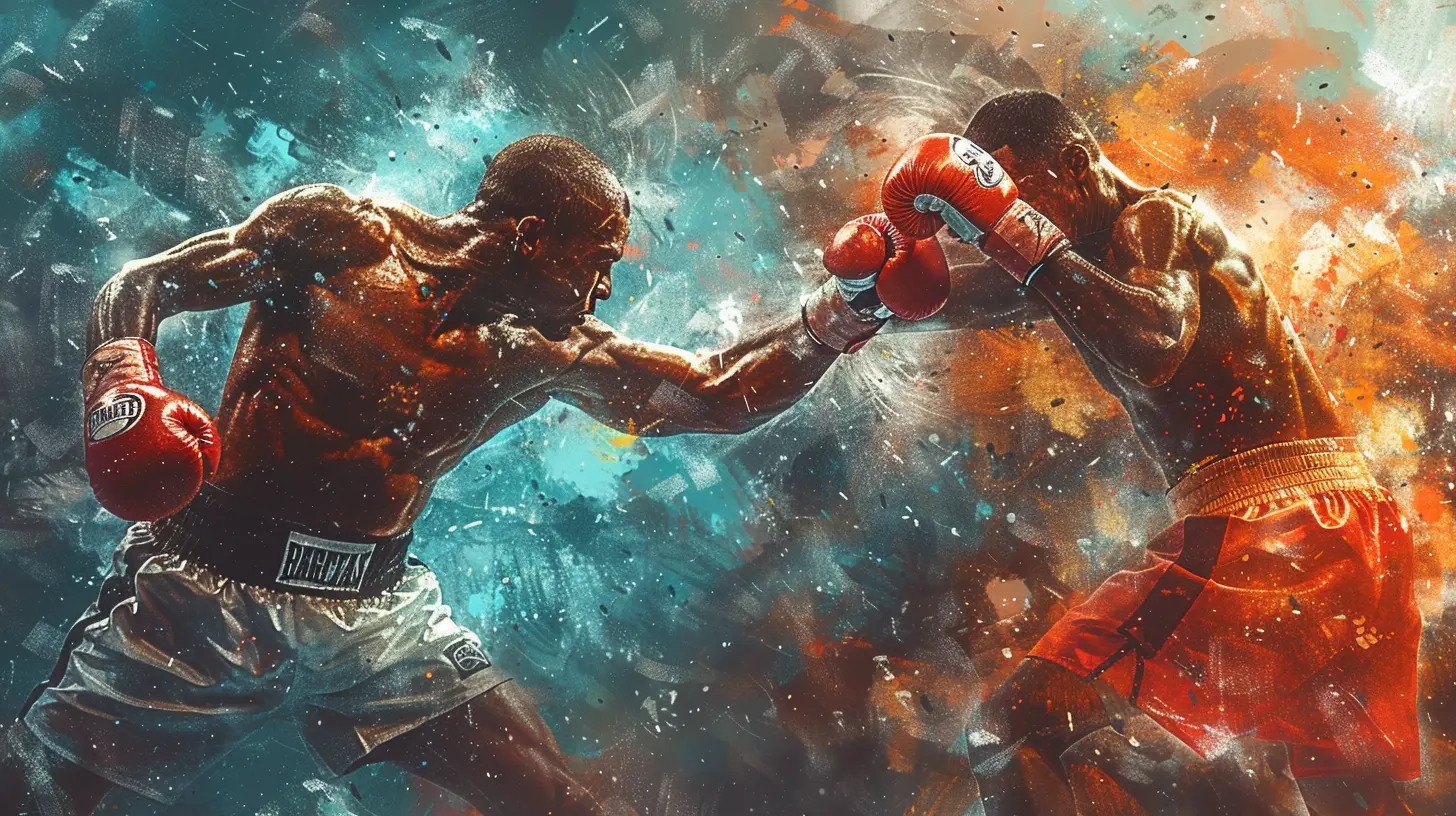
Historic Rivalries Showcasing the Duel
Let’s go down memory lane for a bit. Some of the most iconic sports rivalries were, at their core, battles of physicality versus technique.Muhammad Ali vs George Foreman – Boxing Royalty
In the 1974 "Rumble in the Jungle," George Foreman was the unstoppable juggernaut—knockout power, brute strength, sheer intimidation. Muhammad Ali? He fought with rhythm, timing, and an unmatched technical mind.Ali’s rope-a-dope strategy exhausted the bigger, stronger Foreman until Ali knocked him out in the eighth round. That fight was technique outsmarting physicality in its purest form.
Diego Maradona vs German Defenders – World Cup 1986
Maradona was 5'5" of pure technical brilliance. The Germans? Big, strong, physically dominant. In the ‘86 final, Maradona used agility, dribbling, and vision to create the game-winning assist. Physicality kept the game close, but technique sealed the trophy.Roger Federer vs Rafael Nadal – The Tennis Yin and Yang
Federer is grace on a tennis court—fluid motion, perfect form. Nadal? Grit, grind, muscular endurance. Their matches often feel like battles of ballet vs bulldozer. Both won their share of titles, but their styles couldn't be more different.Physicality: Strengths and Weaknesses
Let’s not sugarcoat it: there’s a ton of upside to being a physical player.✅ Advantages:
- Dominates matchups: Stronger, faster players can impose their will.- Intimidation factor: Some athletes win half the battle before the game starts.
- Less reliant on conditions: Wet field? Windy court? Muscle still works.
But it’s not all sunshine and slam dunks.
❌ Drawbacks:
- Fatigue sets in fast: Big bodies require more energy.- Injury risk: The harder you go, the more likely something snaps.
- Limited flexibility: When the game slows down or changes pace, brute force might not cut it.
Technique: Strengths and Weaknesses
Now let’s talk about the artists—the players who make it all look so easy.✅ Advantages:
- Consistency: Technique rarely disappears, even under pressure.- Longevity: Less wear and tear equals longer careers.
- Better decision-making: Technical players often see the game one step ahead.
But here’s the flip side:
❌ Drawbacks:
- Physically outmatched: Skill can’t always dodge a freight train.- Requires time to develop: You can’t fake technique. It takes years.
- Gets exposed under pressure: Some technical players struggle with aggressive tactics.
When Physicality Meets Technique: The Perfect Storm
Here’s where things get exciting—some athletes are blessed with both. And when that happens, oh boy.Think of:
- Cristiano Ronaldo: Built like a tank but with footwork like a dancer.
- Michael Jordan: Strength, speed, and a master of fundamentals.
- Serena Williams: Power serves and lethal precision.
These are the athletes who transcend the debate. They don’t choose one path—they walk both like a tightrope.
Team Sports: Balance is Key
In team sports, finding that perfect blend of brawn and brain is everything. A team full of bulldozers may lack creativity. A team of artists might get pushed around.Great coaches spot this early. They build rosters with variety. Think of it like building a guitar solo—you need the rhythm (power) and the melody (technique) to make it sing.
Basketball teams often pair a bruiser in the paint with a sharp-shooting guard. Soccer teams match physical center backs with silky midfielders. Balance wins championships. Always has.
Training: Can You Build Both?
Absolutely. While genetics play a role—some people are just born to sprint or float like a feather—any serious athlete can develop both sides of the spectrum.Tips for Building Physicality:
- Weight training- Plyometrics
- Sprint drills
- Combat sports (to toughen up)
Tips for Building Technique:
- Repetition, repetition, repetition- Film study
- Private coaching
- Mental drills (visualization and muscle memory)
It’s a grind, but you don’t have to pick sides. The smartest athletes work on both, understanding when to use each tool like a craftsman with a full belt.
The Fan’s Perspective: What Do We Love More?
Let’s get real—fans love both. We cheer when a player breaks tackles like a beast. We gasp when someone executes a move so smooth it looks like a cheat code.But here's the kicker—technique tends to age better in our memories.
We still rewatch Maradona’s “Goal of the Century.” We still replay Jordan’s fadeaway jumpers. Physical dominance can wow us in the moment, but technique burns itself into the soul of the game.
So... Who Wins?
Let’s stop pretending there’s a winner. Seriously.Physicality without technique is a hammer without a handle. Technique without physicality is a sword too dull to cut.
The greatest players, the legendary teams—they understand this balance. They train the body and the brain. They push and they polish. And that’s what separates good from immortal.
Final Thoughts
The physicality vs technique debate isn’t about picking a side—it’s about understanding the roles both play. Sports aren’t one-dimensional. They’re layered, complex, and beautiful in their contradictions.So next time you’re watching a game, look deeper. Spot the finesse in a pass or the brute force behind a sprint. Appreciate the duel. Because it’s that clash—between power and precision—that truly defines the game.
all images in this post were generated using AI tools
Category:
Game AnalysisAuthor:

Frankie Bailey
Discussion
rate this article
1 comments
Mira O'Neal
Great article! It's fascinating how the balance between physicality and technique shapes the game's dynamics. Both elements have their merits, and watching players master this duel is what makes sports so thrilling to follow!
September 28, 2025 at 3:02 AM

Frankie Bailey
Thank you! I'm glad you enjoyed it. The interplay between physicality and technique truly is what makes sports so captivating!
